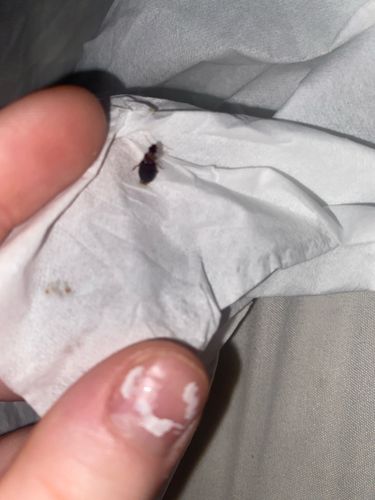Bed Bug
Scientific Name: Cimex lectularius
Order & Family: Hemiptera (order), Cimicidae (family)
Size: 4-5 mm (adults) before feeding, up to 7 mm after feeding. Nymphs are smaller.

Natural Habitat
Primarily human dwellings, especially in beds, mattresses, bed frames, and other furniture. They can also hide in cracks, crevices, behind wallpaper, and under loose flooring.
Diet & Feeding
Strictly hematophagous, meaning they feed exclusively on the blood of warm-blooded animals, primarily humans. They pierce the skin with a stylet (mouthpart) and feed for 3-10 minutes.
Behavior Patterns
Nocturnal, active at night when their hosts are asleep. They are attracted to carbon dioxide and body heat. They tend to live in groups in harborage areas close to where their hosts rest. Females can lay 1-5 eggs per day, resulting in hundreds over a lifetime.
Risks & Benefits
Risks: Bed bug bites can cause itchy welts, leading to skin irritation, allergic reactions, and secondary skin infections from scratching. They are not known to transmit diseases. Benefits: None for humans; they are considered pests.
Identified on: 9/22/2025